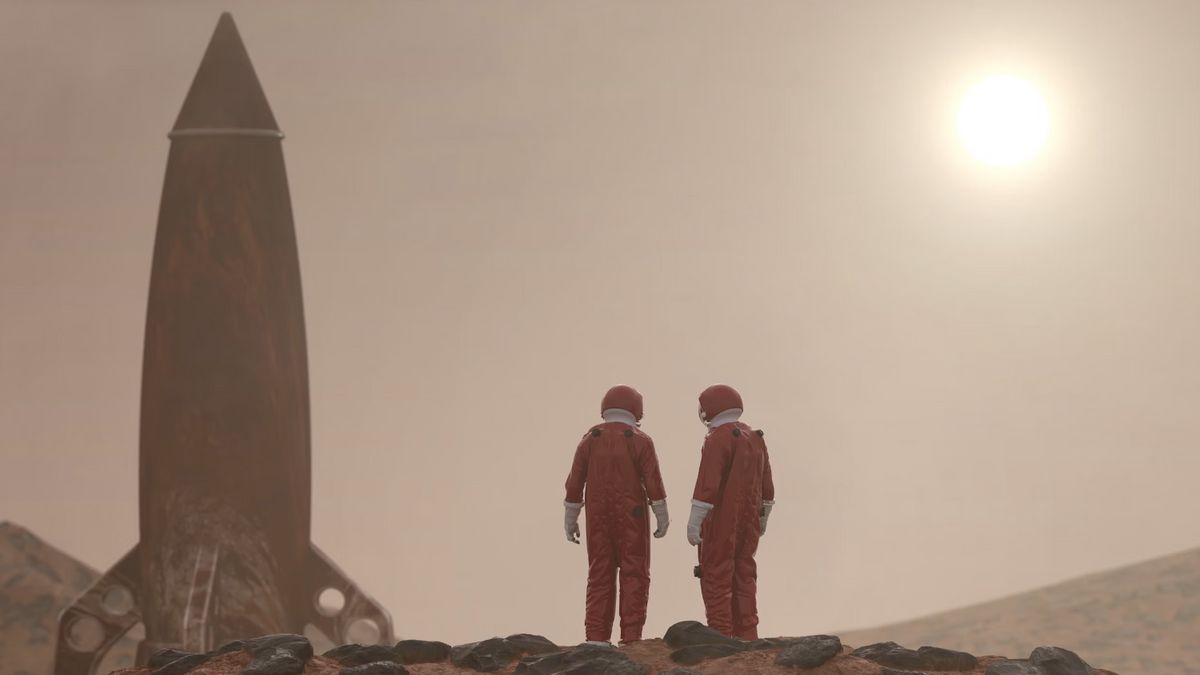JAKARTA - China's National Space Agency has successfully launched the Chang'e-6 spacecraft to the moon from the Wenchang Space Launch Center, Hainan province using a Long March-5 Yao-8 carrier rocket.
Wahana Chang'e-6 launched in the midst of heavy rain, thus limiting the eyes of the public and journalists who have been crowding the Wenchang Space Launch Center since noon.
The Chang'e 6 mission is to collect as many as two kilograms of rock samples from the far side of the moon, where humans have never taken any samples in the hope of breaking the history of the Solar System, volcanic activity on the far side of the moon to the geological evolution of the moon.
According to the plan, Chang'e-6 will land at a location called South Pole Aitken Basin, the crater with a diameter of about 2,400 kilometers on the far side of the moon which is the oldest crater (expected to be around four billion) as well as the largest crater known to humans on the moon.
Sample collection is carried out by drilling and surface extraction and taking shallow structures on the lunar surface, material components and lunar topographic mapping.
Since the landing site will be carried out on the far side of the moon, it is not possible to communicate directly with ground stations on earth, so relay communication support is provided from the Queqiao-2 satellite.
The Chang'e-6 mission consists of a vehicle for orbiters (orbiters), lander rides (landers), climber rides (ascender) and rides to return to earth (reentry modules). Chang'e-6 is also equipped with a landing camera, a panoramic camera, mineral spectral analysis, moon soil structure detectors and a national flag display system.
Chang'e-6 will also carry four Radon detectors from France as international payloads to perform isotopic radon detection on the lunar surface to study volatile substance transmission in the lunar environment, which is an agreement with the European Space Agency (ESA).
In addition, the Chang'e-6 mission is assisted by the Pakistan Space Agency via its satellite to carry out imaging in orbit and validate nano-orbiting satellite exploration technology on the moon.
The total timing of the Chang'e-6 mission is for 53 days with a sampling duration on the far side of the month "only" 14 hours due to limited radio communication time on the far side of the month.
Compared to the Chang'e 5 mission that takes rocks and "ground" from the near side of the moon, Chang'e-6's mission adopts new technologies such as the design of the lunar retrograde orbit and a fast take-off and ascent controller to take samples of the moon in a short time.
Wider international cooperation is also carried out with the support of the Queqiao-2 satellite and if the Chang'e-6 mission succeeds in bringing samples from the far side of the moon, it is hoped that it can expand human understanding of the moon and even the solar system.
SEE ALSO:
The Chang'e mission, which takes the name of the goddess of Chinese mythology, has started in 2007. In 2013, China became the first country to land a robot on the moon after 40 years of its final moon landing. In 2022, China launched its first space station on a moon called Tiangong.
With the complexity of the Chang'e-6 mission, China is working with space stations from various countries such as France, Italy, Pakistan to the European Space Agency (ESA).
China will also continue its Chang'e-7 mission to explore the Moon's south pole and search for water sources on the moon with plans to launch in 2026 while the Chang'e-8 mission will launch in 2028.
Then continue Chang'e-7's mission to build the basic mode of research stations at the south pole of the month including establishing various exploration instruments such as orbiter rides (orbiters), lander rides (landers), rovers, and mini-flying probes.
The English, Chinese, Japanese, Arabic, and French versions are automatically generated by the AI. So there may still be inaccuracies in translating, please always see Indonesian as our main language. (system supported by DigitalSiber.id)
















